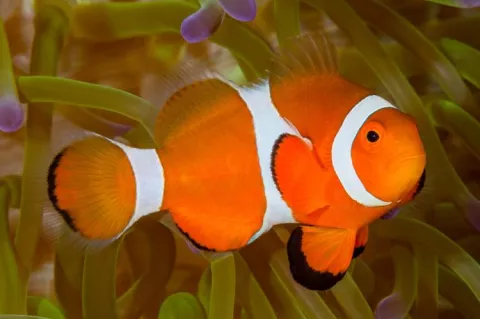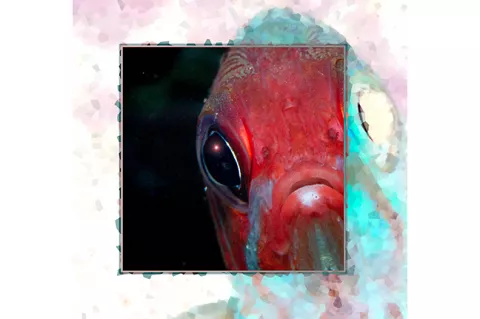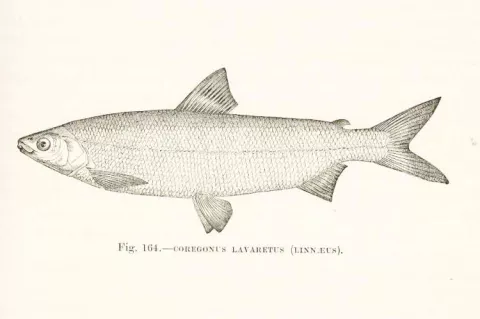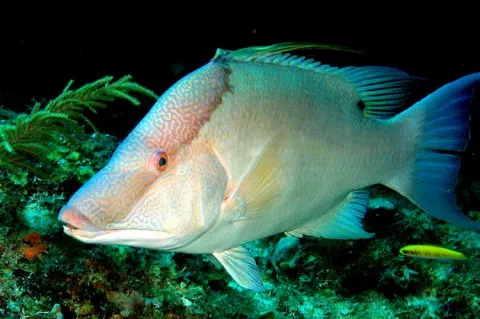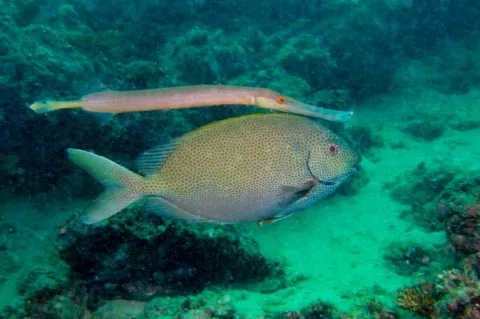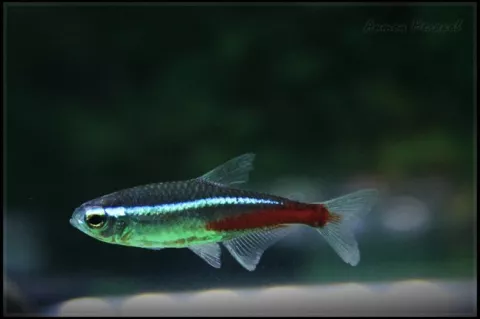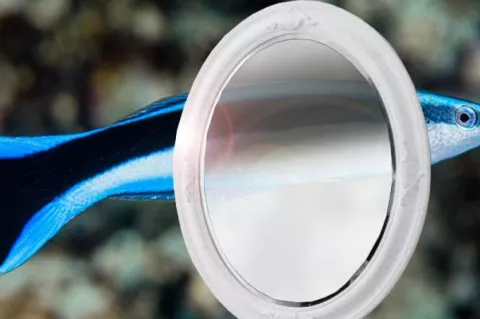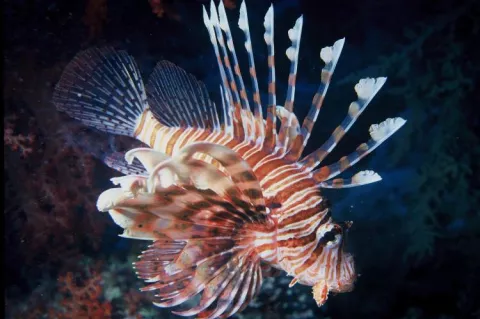Can Clownfish Count?
Clownfish, also known as anemonefish, are feisty critters that vigorously defend their anemone homes from intruders, particularly those of their own species, displaying aggressive behaviour. Anemonefish species living in the same areas exhibit a variety of stripe patterns, ranging from three vertical bars to none, as observed by Kina Hayashi from the Okinawa Institute of Science and Technology, Japan.

